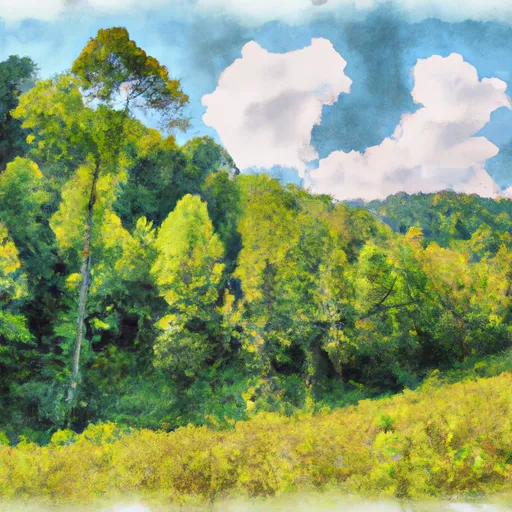°F
°F
mph
Windspeed
%
Humidity











Stuart, Virginia is a charming town located in Patrick County, in the southwestern part of the state. The climate in Stuart is generally mild and temperate, characterized by four distinct seasons. Summers are warm with average temperatures ranging from the mid-70s to mid-80s Fahrenheit, while winters are cool with temperatures typically ranging from the mid-30s to mid-40s Fahrenheit. The area experiences moderate rainfall throughout the year.
Situated in the heart of the Blue Ridge Mountains, Stuart offers a plethora of outdoor recreation opportunities. The town is surrounded by breathtaking natural beauty, making it an ideal destination for hiking, camping, and fishing. The Smith River, which flows through Stuart, is renowned for its excellent trout fishing. Outdoor enthusiasts can also explore the nearby Primland Resort, which offers activities such as golfing, horseback riding, and ATV tours.
In terms of hydrology constituents, Stuart benefits from the numerous streams and rivers in the region. These waterways not only provide opportunities for recreational activities but also contribute to the overall beauty and ecological health of the area.
Weather Forecast
Stuart receives approximately 1289mm of rain per year, with humidity levels near 83% and air temperatures averaging around 14°C. Stuart has a plant hardyness factor of 7, meaning plants and agriculture in this region tend to thrive during the non-winter months.
Regional Streamflow Levels
6
Cubic Feet Per Second
1
Cubic Feet Per Second
133
Cubic Feet Per Second
4
Cubic Feet Per Second
Nearby Camping
| Camping Area | Reservations | Toilets | Showers |
|---|---|---|---|
| Badin Lake | |||
| Horseshoe Point - Philpott Lake | |||
| Arrowhead | |||
| Tanglewood Park | |||
| Goose Point - Philpott Lake | |||
| Fairy Stone State Park |



